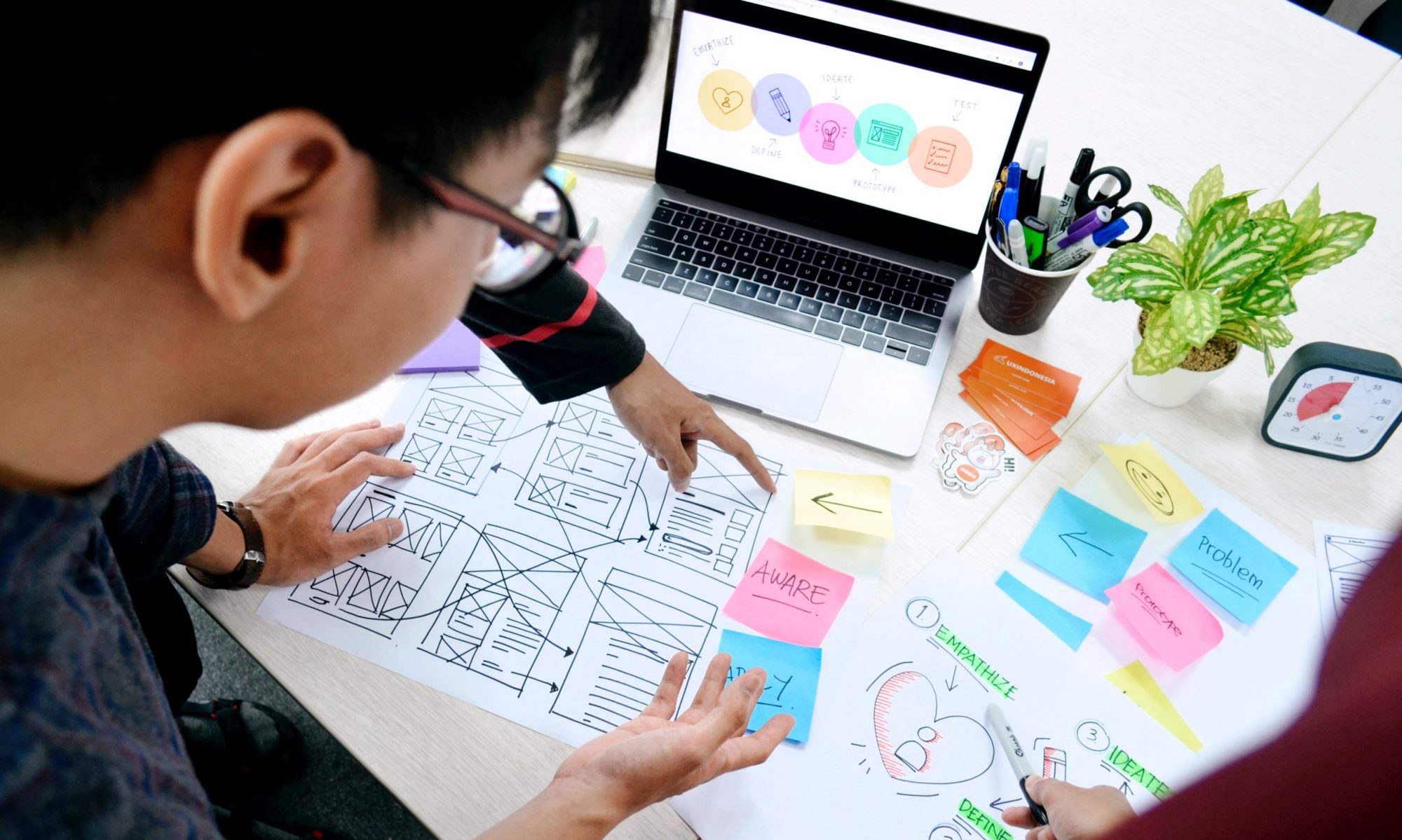Despite the ongoing pandemic last summer, Swarthmore College decided that students would return to campus to a fully residential, synchronous learning experience in the fall. I admit I was nervous at first, but in hindsight, I’m so grateful for the decision.
I prefer in-person interactions for user research, and while the pandemic related time of remote work, virtual interactions and asynchronous learning was challenging, it provided an opportunity to rethink how I’ve approached user research with our primary users – undergraduate students – particularly how I’ve employed their peers to help out. I decided to experiment with an entirely new approach to this student position.
In the past, I’d hire one or two students, train them to facilitate web usability sessions and do all of the rest of the work myself while struggling to keep them busy. They would begin with interest and energy and then melt away. I wasn’t surprised, but it was disappointing.
This year I tried a team approach; I hired more students, required more hours, trained them to do more and involved them in a much broader variety of user research methods than before.
While I had one experienced student return, the rest of the team was new, including two first year students. Bi-weekly, in-person training began in the fall with learning facilitation skills for website usability and card sorting sessions using the libraries’ website.
The site remains in need of work (always!) but we reorganized the main navigation and prioritized sub navigation sections: Libraries + Collections, and Research + Scholarship as a result of their findings.
Research + Scholarship remains a little ugly, but post-update usability sessions demonstrate it is more usable than before, since it covers content on one page that would be otherwise be hidden as a result of the constraints of the swarthmore.edu design. (No hover menus allowed for the Libraries’ pages!)
The team also explored focus group facilitation in the fall, aided by Kara Bledsoe, ’16, a former Swarthmore Library Intern and Research and Information Associate, now an analyst at Ithaka S+R. The Libraries had been working with Ithaka on a Library Visioning Project, and when Kara came to campus to run student focus groups for the process, she kindly met with the UX student team and involved them by giving them some responsibilities in those sessions.
The rise of the omicron variant meant a slower start to our spring semester projects, but once on campus, the team dove in. We met weekly rather than bi-weekly – the accelerated pace compounding their cumulative experience and contributing to being able to do more and to doing it better.
The team took responsibility for broader aspects of research projects, doing things I had previously done on my own and simply handed off to them. Now, rather than facilitating web usability sessions based on tasks and scenarios that I had provided, they identified site tasks and wrote scenarios of their own. After facilitating sessions, they conferred on and analyzed their results, comparing user behaviors they observed, and proposing changes to the sites.
They even presented their findings and suggestions for improvement to a group of library stakeholders for a particular usability project, completing the entire research cycle. Their presentation was well received (more so than it would have been had I been the presenter) and the students were gratified to have shepherded a project from beginning to end.
They also planned and facilitated a focus group in the spring and plan to build on that experience when they return, having already begun to generate a list of topics to explore and to discuss how to overcome logistical challenges: should we recruit a standing group that meets throughout the year, or would it be better to host a new group each time? How could we recruit students who don’t consider themselves to be library users? What different times and locations could we explore for hosting groups? What realistic (and not taxable) incentives might we provide to motivate participation?
Our work was energized in the spring by MLIS student intern, Khyra Lammers, on track to complete her degree from Drexel University this summer. Khyra helped me enormously by managing the team, attending our meetings (facilitating many of them) and regularly reminding me of an important bigger question: how can you make this model of a student team sustainable over time? She jump-started that process by beginning to organize our training materials and team schedule by moving things out of G-Drive and into the Moodle course management system used at Swarthmore.
At our final meeting of the semester, we reflected on what we accomplished and made plans not only for re-launching the team next fall, but for making it more visible, perhaps even broadening our reach by offering to support usability work in other departments. We congratulated the graduating seniors, including Khyra, and celebrated over vegan cupcakes.
My sincere thanks to Kara Bledsoe, ’16, and Khyra Lammers (Drexel MLIS, summer 2022) for their generosity and to Swarthmore students Khalium Enkhbayar, ’24, Rebecca Lin, ’22, Marisa Musenga, ’25, Sage Rhys, ’22, Nina Robinson, ’23, Helen Tumolo, ’22, and José Valdivia, ’23 for an outstanding year.
